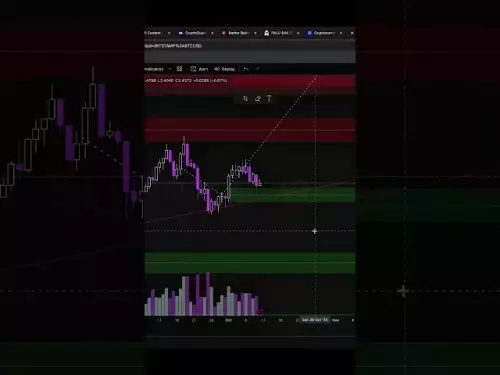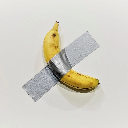-
 bitcoin
bitcoin $110311.910091 USD
1.97% -
 ethereum
ethereum $3964.172463 USD
0.34% -
 tether
tether $1.000288 USD
-0.05% -
 bnb
bnb $1098.563056 USD
-0.37% -
 xrp
xrp $2.479902 USD
4.31% -
 solana
solana $188.301025 USD
1.38% -
 usd-coin
usd-coin $0.999961 USD
0.01% -
 tron
tron $0.322477 USD
0.49% -
 dogecoin
dogecoin $0.199450 USD
2.51% -
 cardano
cardano $0.662393 USD
2.33% -
 hyperliquid
hyperliquid $37.947663 USD
1.71% -
 chainlink
chainlink $18.819081 USD
9.53% -
 ethena-usde
ethena-usde $0.999345 USD
-0.04% -
 stellar
stellar $0.323467 USD
2.06% -
 bitcoin-cash
bitcoin-cash $479.282126 USD
1.50%
How to identify a continuation pattern with the KDJ indicator?
The KDJ indicator helps crypto traders spot momentum shifts and continuation patterns by analyzing %K, %D, and %J lines in relation to price action and volume.
Oct 11, 2025 at 09:18 pm
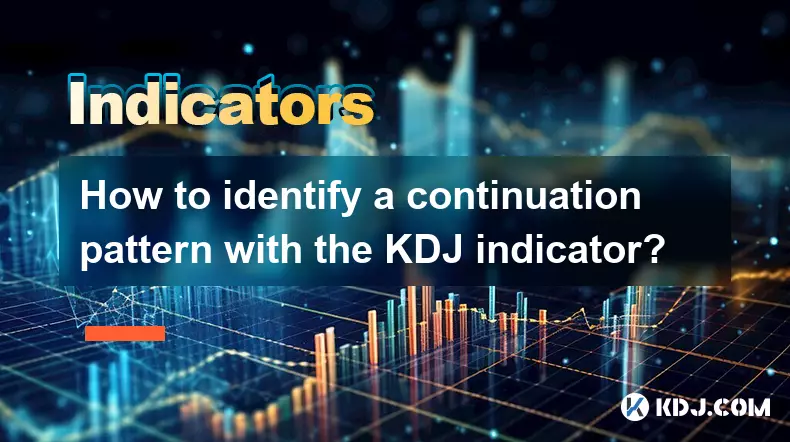
Understanding the KDJ Indicator in Cryptocurrency Trading
1. The KDJ indicator, also known as the Stochastic Oscillator, is widely used in cryptocurrency trading to identify potential price reversals and momentum shifts. It consists of three lines: %K, %D, and %J. The %K line reflects the current closing price relative to the price range over a specific period, usually 9 days. The %D line is a moving average of %K, providing signal confirmation. The %J line represents the divergence between %K and %D, often signaling overbought or oversold conditions.
2. In volatile markets like cryptocurrencies, the KDJ helps traders spot short-term trends by measuring momentum. When the %K line crosses above the %D line in the oversold zone (below 20), it may suggest upward momentum is building. Conversely, when %K crosses below %D in the overbought zone (above 80), it could indicate weakening bullish strength.
3. Traders rely on these signals to time entries and exits, especially during consolidation phases where price moves sideways before resuming a prior trend. Recognizing continuation patterns through KDJ requires observing how the oscillator behaves during pauses in trending markets.
Spotting Continuation Patterns Using KDJ Crossovers
1. A continuation pattern occurs when an asset briefly consolidates before resuming its prevailing trend. In an uptrend, if price enters a narrow range and the KDJ dips into the oversold region without triggering a reversal, it can signal accumulation before the next leg up. Watch for the %K line to cross above %D while still below 30, followed by a breakout in price.
2. During downtrends, a similar setup happens when KDJ rises into the overbought area (above 70) during a corrective bounce, then sees %K cross back under %D, confirming bearish momentum is returning. This indicates sellers are regaining control after a temporary pause.
3. The key lies in aligning KDJ behavior with price structure. If the price forms higher lows in an uptrend and KDJ makes higher lows too, it reinforces the likelihood of continuation. Divergence between price and KDJ, however, may warn of exhaustion rather than continuation.
4. Volume should be monitored alongside KDJ signals. A surge in volume upon the %K/%D crossover increases confidence that institutional or whale activity is behind the move, supporting the idea of trend resumption.
Confirming Continuation with KDJ and Price Action
1. Candlestick patterns such as bullish engulfing or hammer formations near support levels, combined with a KDJ crossover from oversold territory, strengthen the case for bullish continuation. In crypto markets, where sentiment shifts rapidly, such confluence adds reliability to trade setups.
2. Resistance zones that previously halted rallies become critical when price retests them. If KDJ remains neutral (between 30–70) during the retest and avoids entering overbought territory, it suggests healthy consolidation rather than exhaustion. A subsequent breakout with %K crossing above %D confirms renewed buying pressure.
3. Traders should avoid acting solely on KDJ readings without considering broader market context, including Bitcoin’s movement, macroeconomic news, and exchange inflows/outflows. Altcoins often follow BTC’s lead, so a bullish KDJ signal in an altcoin during a BTC downtrend may fail.
4. Timeframe alignment improves accuracy. For example, a daily chart showing KDJ in oversold condition with a bullish crossover supported by a similar signal on the 4-hour chart increases the probability of an upward continuation.
Common Mistakes When Using KDJ for Continuation Signals
1. Overtrading based on minor crossovers without waiting for confirmation candles leads to false entries. In choppy crypto markets, KDJ can generate multiple whipsaws within a tight range.
2. Ignoring extreme readings during strong trends can be misleading. In parabolic bull runs, KDJ may stay overbought for extended periods. Assuming a reversal just because %J exceeds 100 can cause missed gains.
3. Failing to adjust KDJ settings according to volatility may reduce effectiveness. While default settings work for some, highly volatile coins might require smoothing parameters or longer periods to filter noise.
4. Relying only on KDJ without combining it with support/resistance, moving averages, or volume analysis limits perspective. Multi-indicator confirmation reduces risk in unpredictable digital asset markets.
Frequently Asked Questions
What does a KDJ crossover below 20 indicate in a downtrend?It typically suggests a temporary pullback or relief rally, not necessarily a reversal. If price fails to break key resistance afterward and KDJ turns downward again, the downtrend is likely continuing.
Can KDJ predict exact reversal points in cryptocurrency markets?No indicator can predict exact turning points consistently. KDJ provides probabilistic signals based on momentum. Its value increases when used alongside structural analysis rather than in isolation.
How do you adjust KDJ settings for different cryptocurrencies?More volatile assets like meme coins may benefit from longer lookback periods (e.g., 14 instead of 9) and smoothed %D lines. Backtesting various configurations on historical data helps determine optimal inputs.
Is KDJ more effective on higher timeframes in crypto trading?Yes, higher timeframes like daily or weekly reduce noise and produce more reliable crossovers. Short-term charts often reflect emotional swings, making KDJ signals less trustworthy without additional filters.
Disclaimer:info@kdj.com
The information provided is not trading advice. kdj.com does not assume any responsibility for any investments made based on the information provided in this article. Cryptocurrencies are highly volatile and it is highly recommended that you invest with caution after thorough research!
If you believe that the content used on this website infringes your copyright, please contact us immediately (info@kdj.com) and we will delete it promptly.
- Crypto Coins: Ethereum, Solana, and the Rise of AI in 2025
- 2025-10-21 08:45:16
- TRON's Stablecoin Empire: Cross-Chain Expansion and Blockchain Innovations
- 2025-10-21 08:45:16
- Shiba Inu, AlphaPepe, Presale: The Meme Coin Evolution
- 2025-10-21 08:50:01
- Dogecoin, Whales, and Bullish Alternatives: What's the Deal?
- 2025-10-21 08:50:01
- Shohei Ohtani, World Series, and Baseball Fever: A Los Angeles Love Affair
- 2025-10-21 08:50:01
- Ethena's Expansion: New Products and Team Growth on the Horizon
- 2025-10-21 08:50:12
Related knowledge
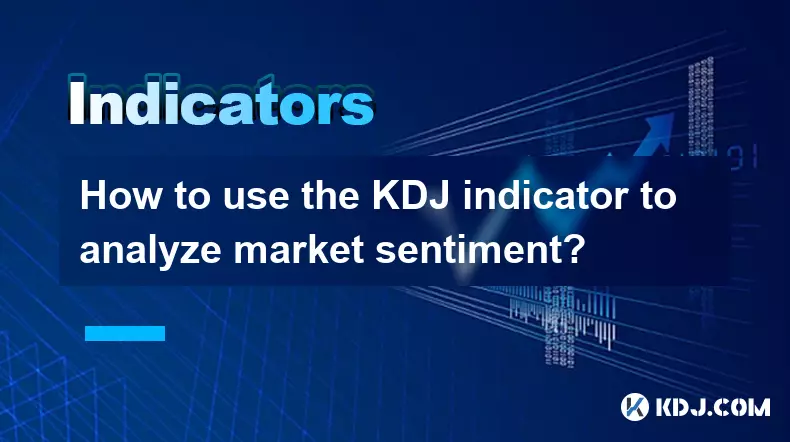
How to use the KDJ indicator to analyze market sentiment?
Oct 18,2025 at 07:18pm
Understanding the KDJ Indicator in Cryptocurrency Trading1. The KDJ indicator, also known as the Stochastic Oscillator, is a momentum-based technical ...
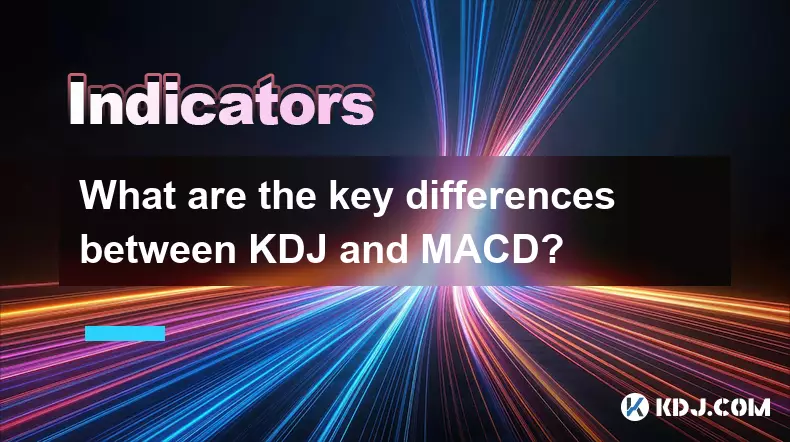
What are the key differences between KDJ and MACD?
Oct 18,2025 at 04:54am
KDJ Indicator: Core Mechanics and Usage1. The KDJ indicator is a momentum oscillator that combines the features of the Stochastic Oscillator with an a...
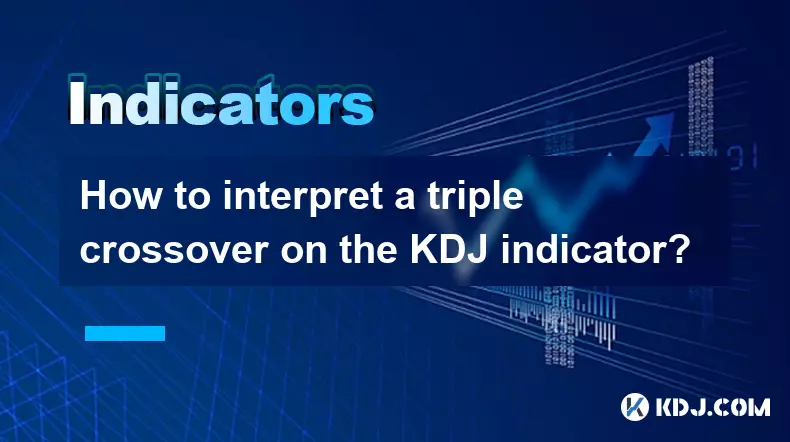
How to interpret a triple crossover on the KDJ indicator?
Oct 18,2025 at 01:54pm
Understanding the Triple Crossover in KDJ Indicator1. The KDJ indicator, a derivative of the Stochastic Oscillator, consists of three lines: K, D, and...

What's the best timeframe for the KDJ indicator?
Oct 20,2025 at 03:01pm
Understanding the KDJ Indicator in Crypto TradingThe KDJ indicator, an extension of the stochastic oscillator, is widely used in cryptocurrency tradin...
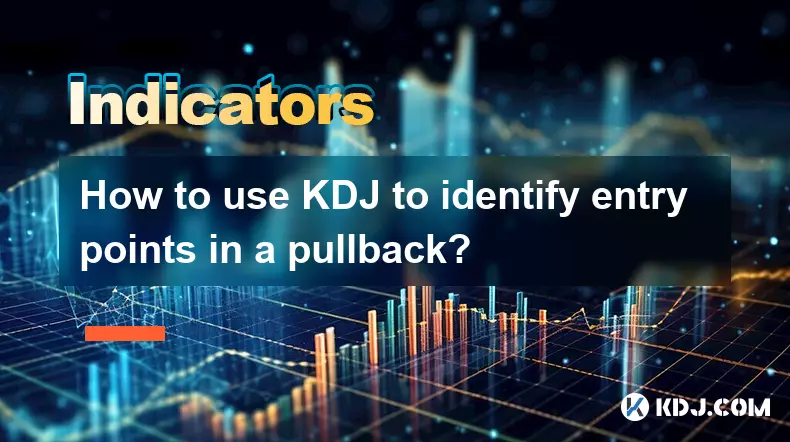
How to use KDJ to identify entry points in a pullback?
Oct 18,2025 at 09:36am
Understanding KDJ in the Context of Pullbacks1. The KDJ indicator, an extension of the stochastic oscillator, consists of three lines: %K, %D, and %J....
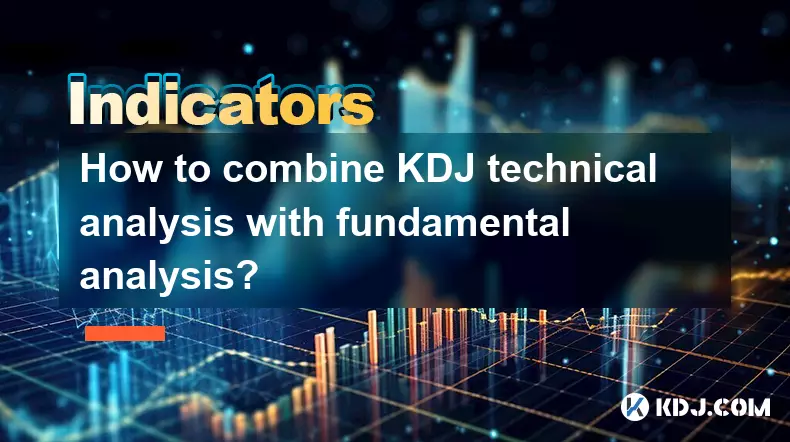
How to combine KDJ technical analysis with fundamental analysis?
Oct 20,2025 at 11:55pm
Understanding KDJ in the Context of Cryptocurrency Markets1. The KDJ indicator, originating from stochastic oscillator principles, is widely used in c...

How to use the KDJ indicator to analyze market sentiment?
Oct 18,2025 at 07:18pm
Understanding the KDJ Indicator in Cryptocurrency Trading1. The KDJ indicator, also known as the Stochastic Oscillator, is a momentum-based technical ...

What are the key differences between KDJ and MACD?
Oct 18,2025 at 04:54am
KDJ Indicator: Core Mechanics and Usage1. The KDJ indicator is a momentum oscillator that combines the features of the Stochastic Oscillator with an a...

How to interpret a triple crossover on the KDJ indicator?
Oct 18,2025 at 01:54pm
Understanding the Triple Crossover in KDJ Indicator1. The KDJ indicator, a derivative of the Stochastic Oscillator, consists of three lines: K, D, and...

What's the best timeframe for the KDJ indicator?
Oct 20,2025 at 03:01pm
Understanding the KDJ Indicator in Crypto TradingThe KDJ indicator, an extension of the stochastic oscillator, is widely used in cryptocurrency tradin...

How to use KDJ to identify entry points in a pullback?
Oct 18,2025 at 09:36am
Understanding KDJ in the Context of Pullbacks1. The KDJ indicator, an extension of the stochastic oscillator, consists of three lines: %K, %D, and %J....

How to combine KDJ technical analysis with fundamental analysis?
Oct 20,2025 at 11:55pm
Understanding KDJ in the Context of Cryptocurrency Markets1. The KDJ indicator, originating from stochastic oscillator principles, is widely used in c...
See all articles

























